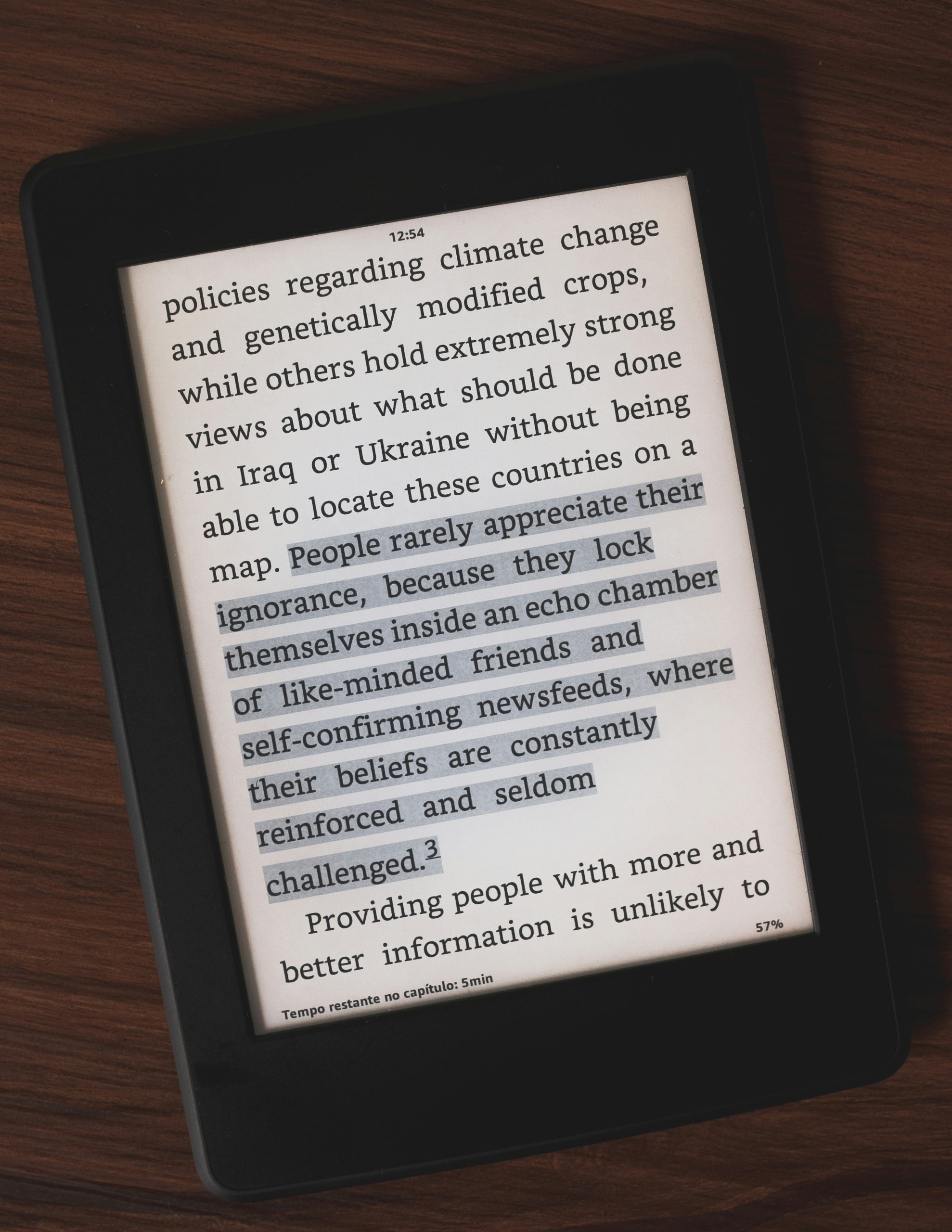In today’s digital age, the need to convert images into PDF documents has become increasingly prevalent. Whether you’re a professional looking to compile multiple JPG files into a single PDF portfolio or a student needing to merge photos for a class project, knowing how to efficiently convert these formats is an invaluable skill. In this article, we will explore various methods and tools that can help streamline the process of turning your JPG files into sleek and easily shareable PDF documents. From online converters to desktop software solutions, we’ll dive deep into the world of digital file transformation and empower you with the knowledge to effortlessly create polished PDFs from your collection of images. So grab your JPG files and get ready to unlock the secrets behind converting them into professional-looking PDF documents with ease!
Understanding file conversion basics
File conversion is a crucial process in today’s digital world, allowing us to transform various file formats to suit our needs. Understanding the basics of file conversion involves grasping concepts such as input and output formats, the purpose of conversion, and the tools or software required. For instance, when converting JPG files to PDFs, it is important to consider factors such as image quality preservation and file size optimization.
Moreover, familiarity with different compression techniques can significantly impact the efficiency of the conversion process. By choosing the appropriate settings during conversion, users can strike a balance between preserving image quality and reducing file size for easy sharing or storage purposes. Additionally, being aware of potential compatibility issues between various file formats is essential to ensure seamless conversions without loss of data or formatting discrepancies.

Choosing the right online tools
When it comes to turning several JPG files into a PDF, choosing the right online tools is crucial for a seamless conversion process. There are plenty of options available, each offering different features and functionalities. It’s essential to consider factors like ease of use, file size limitations, and security measures when selecting an online tool. Look for tools that allow batch processing to convert multiple JPGs into a single PDF efficiently.
Additionally, considering the quality of the final PDF output is vital. Some online tools may compress images or reduce resolution during conversion, affecting the overall clarity and sharpness of the documents. Opt for tools that maintain image quality and offer customization options for DPI settings or page orientation. Lastly, explore user reviews and ratings to gauge the effectiveness and reliability of various online tools before making your selection. By carefully choosing the right online tool for converting JPGs into PDFs, you can ensure a hassle-free experience with professional results.
Steps to convert JPGs to PDF
Converting multiple JPG files into a single PDF document can be a seamless process with just three simple steps. The first step involves selecting all the JPG images that you wish to convert into a PDF file. Next, use online tools or software designed for this purpose to easily merge the selected files into a single PDF document. These tools usually offer customization options such as adjusting the order of images, setting the quality and resolution, and adding watermarks if needed.
Once you have customized your PDF settings, proceed to save or download the newly created PDF file on your device. Remember to choose an appropriate location for easy access later on. By following these straightforward steps, converting JPGs to PDF becomes a hassle-free task that can save time and streamline your workflow when dealing with multiple image files. Embracing technology in this way not only enhances efficiency but also opens up new possibilities for creative projects and collaborations that require sharing digital content in a unified format.

Customizing your PDF output
Customizing your PDF output is essential in creating visually appealing and professional-looking documents. One way to achieve this is by utilizing various software tools that offer customization options like adding watermarks, headers, footers, and custom backgrounds. These elements not only enhance the aesthetics of your PDF but also add a personal touch to your document.
Additionally, customizing the layout and design of your PDF output can help improve readability and overall user experience. By adjusting factors such as font styles, sizes, colors, and spacing, you can tailor the appearance of your document to suit your preferences or align with your brand identity. Don’t underestimate the impact these small adjustments can have on elevating the quality of your PDF output.
Ensuring quality and accuracy
When converting multiple JPG files into a PDF document, ensuring quality and accuracy is essential to preserve the integrity of the original images. One way to achieve this is by using high-quality software that offers features like image compression without compromising on resolution. This helps maintain the visual clarity of the images while reducing file size for easier sharing and storage.
Another important aspect of ensuring quality and accuracy in the conversion process is paying attention to details such as image orientation and alignment. Some JPG to PDF conversion tools allow you to customize these settings, ensuring that your final document looks professional and polished. Additionally, double-checking the final PDF file for any errors or missing images can help avoid potential issues before sharing or presenting the document to others.

Sharing and storing your PDFs securely
When it comes to sharing and storing your PDFs securely, there are several methods you can employ to ensure the safety of your sensitive documents. One effective approach is to password-protect your PDF files before sharing or storing them. This added layer of security can prevent unauthorized access and safeguard your information from potential breaches.
Additionally, consider utilizing encryption tools that offer end-to-end protection for your PDFs. Encrypting your files makes it more challenging for cybercriminals to intercept or manipulate the content, providing you with peace of mind knowing that your data is safe and secure. Moreover, exploring cloud storage services with robust security features can offer a convenient yet secure way to store and access your PDFs from anywhere while protecting them from potential vulnerabilities associated with physical storage devices. By adopting these proactive measures, you can enhance the security of your PDF documents and minimize the risk of data theft or loss.
Conclusion: Tips for efficient JPG to PDF conversion
In conclusion, when converting JPG to PDF, it is essential to consider the quality of the output file. Opting for a reliable converter that maintains image resolution will result in a professional-looking PDF document. Additionally, organizing your JPG files before conversion can streamline the process and ensure a coherent layout in the final PDF.
Furthermore, it is worth exploring batch conversion tools to save time and effort when working with multiple JPG files. These tools allow you to convert several images into PDF format simultaneously, improving efficiency and productivity. Lastly, don’t forget to double-check the settings of your converter to customize the output according to your specific requirements, such as adjusting page size or orientation for better readability and usability of the resulting PDF document.
